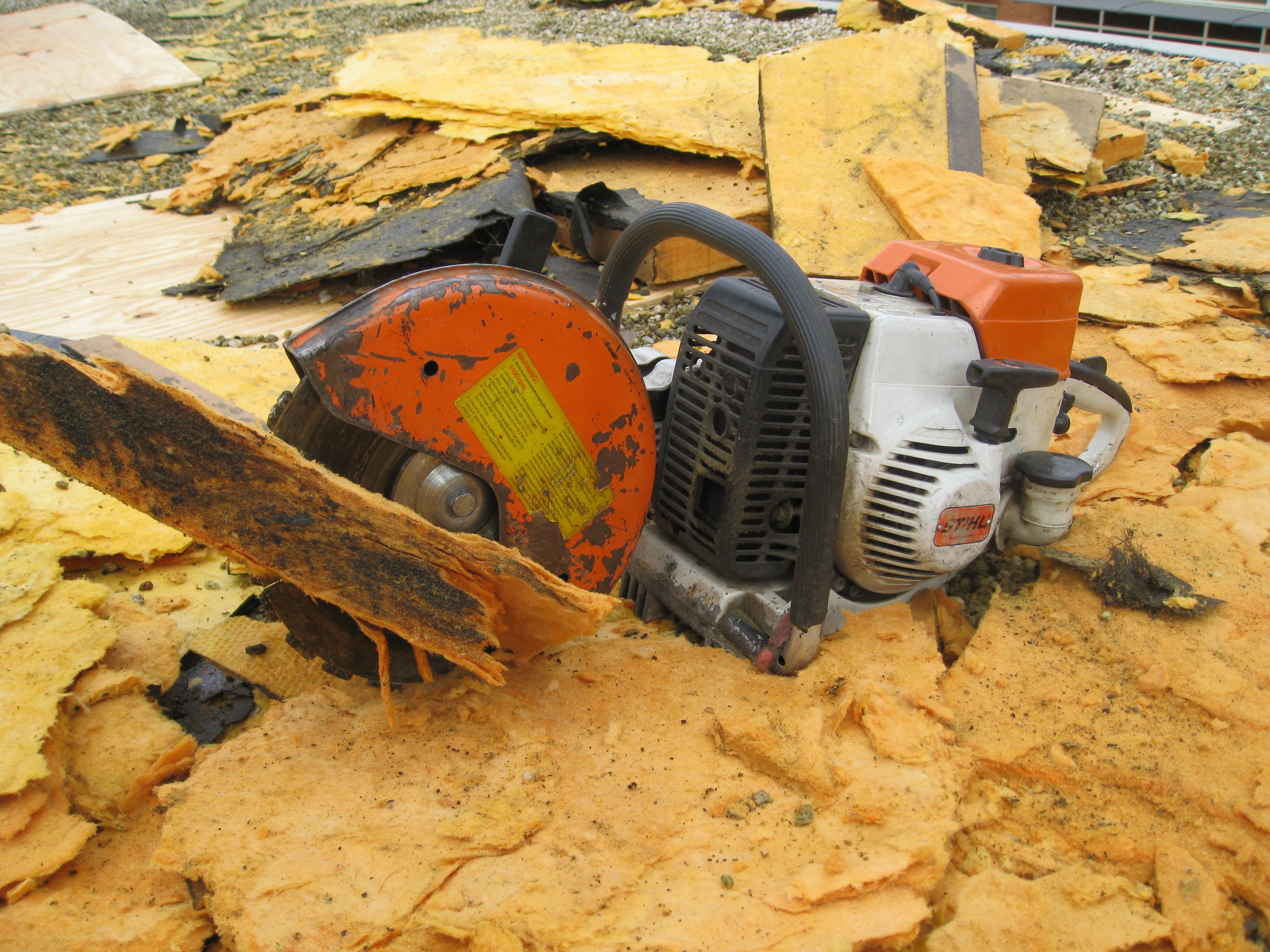Purpose:
Vertical ventilation is a tactic used to release smoke, heat and fire gases from the interior of the building by means of the physical properties of the materials being released. Meaning, bad things are hot, heat rises and the roof is where we can create an exit for them. This release may help improve conditions for crews below conducting interior operations. It is important to remember that a fire can not be extinguished with ventilation alone, and ventilation must always be coordinated with fire attack. Improperly timed or poorly placed rooftop ventilation can potentially have a negative effect, creating a new exit point and drawing increased oxygen to the fire.
Reminder:
Once on the roof find and plan for a secondary means of egress. The seemingly accepted myth that peaked roofs are dangerous and vertical ventilation should be avoided but flat roofs are safe and can be operated on is false. Flat roofs are made of multiple different materials including wood, metal and concrete. Any roof with fire under it, no matter it’s shape, has an associated risk when being operated on. Do not assume that because you are operating on a flat roof you have more time to accomplish the task. Lightweight steel bar joist roof systems are prone to failure with little warning. At 1000ºF steel will twist and expand, causing failure.
Power Tools Needed: Ventilation Chain Saw, Rotary Saw w/ metal cutting blade
Hand Tools Needed: Axe, 6’ NY Hook, Trash Hook, Halligan Bar, Utility Knife (used for cutting rubber roofing membranes)
Instruction:
Opening up already existing or natural vent points is a way for the roof crew to start releasing smoke, heat and fire gases from the interior of the building with little resistance. Scuttle covers, skylights, ventilators and exhaust vents are all examples of quick and effective ways to vent a commercial roof. The crew in the picture below is using the rotary saw with a metal cutting blade to cut and remove an exhaust fan. Some may be mounted on a hinge and can be opened rapidly by simply cutting a lock or latch. A skylight will typically lead to an occupied space below and is a good choice for an easy opening.
While vertical ventilation on a commercial roof can be manpower intense and time consuming, crews can reduce time needed by preplanning their technique. For instance, a two-person crew can operate more efficiently by working functionally. Meaning, one person is the Saw person and the other the Hook.
With a goal of an initial 4’ by 4’ opening a crew of two can start by using the two triangle method. Each triangle makes up half of the total opening. The 4’ by 4’ original opening can be expanded in any direction by adding additional triangles. Take caution trying to create too large of an opening as the roofing material is heavy and can be hard to remove. Using the chainsaw, which works best on built-up roofing material, the first three cuts should be those of the outside of the triangle. Before moving on to the second triangle the Saw FF should first make relief cuts (examples shown below as dotted lines) to allow for easier removal of built-up roofing material.
As the Saw FF finishes cutting the first triangle and moves onto the second the Hook FF can begin removing the roofing material. This tactic works well because it keeps personnel far enough apart to continue working simultaneously which can reduce time on the roof.
On a metal deck roof the Saw FF finishes the second triangle along with the additional cuts they can swap out the chainsaw for rotary saw and begin repeating the triangle cuts on the now exposed metal decking. As you progress through the roof expect your hole to get smaller due to the size of the saw and the displacement of the blade. In reality a 4’x4’ hole may end up only 3’x3’ and this is why expanding the hole with additional cuts is a good option.
If operating as a crew of four it may be beneficial to have one Saw FF, two Hook FF’s and one FF bringing up additional equipment (second chainsaw, shovel for stone ballast, etc.). Remember, these roofs may consist of many layers of built-up roofing material. If an extended work time is expected request additional units early to get relief crews started.







